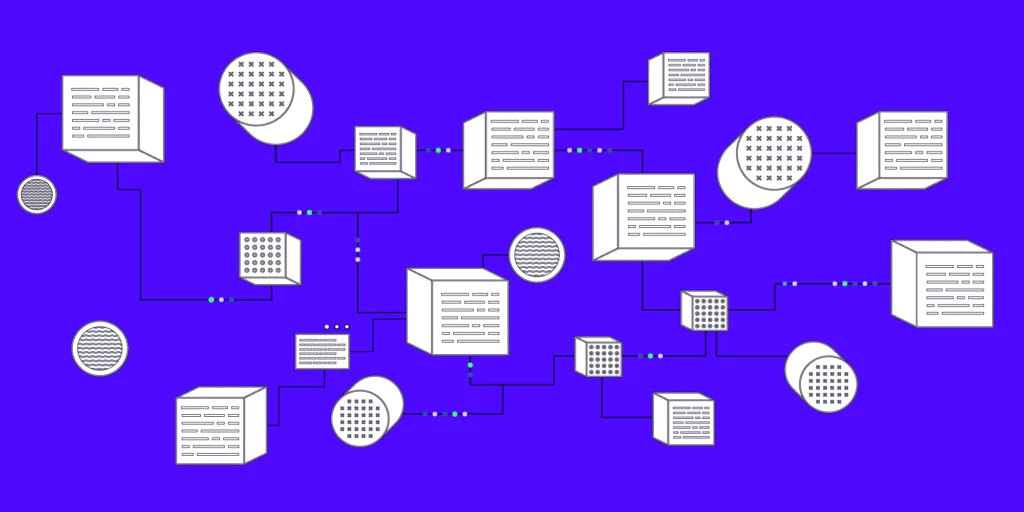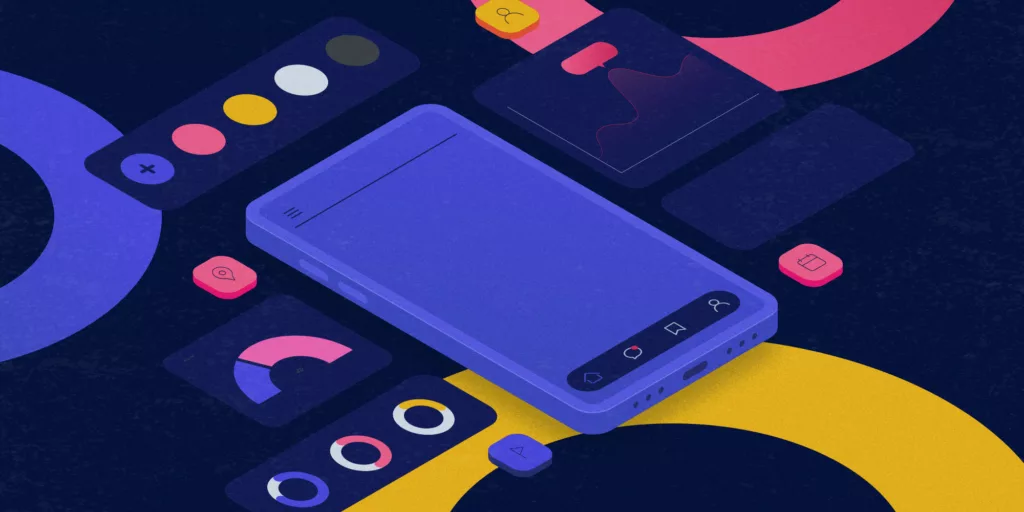“An IT consultant is a hybrid who can code but also speak.”
Many software developers at Identio work as part of different development teams. Experts from other companies are also involved, and the teams strive to think about the best solutions for the customer together. This is often referred to as a multi-provider environment.
What is consulting from our perspective?
In many cases, customers do not have their own coders and hire outsiders instead. In practice, this situation brings work to the IT consultant.
From the viewpoint of Identio, the work involves coding, but it also includes other aspects, such as designing new features with the customer. In the end, coders do a variety of things, and time usage may be divided, for example, using a 70:30 principle. About 70% of the time goes to coding and 30% goes to something else.
Work that generates value
In the consultancy field, there is a lot of talk about how much of the work the consultant does is value-generating compared to work that does not generate value. The ratio may be up to 50:50.
Work that produces value is, for example, the development of new features or completely new products. In practice, it means concrete things that the customer can sell forward.
In most cases, features come from the customer, and they are often necessary – for example, recommended by lawyers.
“New features are not really invented for fun. What we make is often guided by certain rules.”
– Sami Suo-Heikki
Work that does not generate value
Work that does not generate value is something that does not directly create something new. It may include repairing previous bugs or sitting in meetings. A surprisingly big chunk of time is spent precisely on repairing bugs. It can sometimes take up to half the time used for coding.
“Trust is measured precisely in these situations. If the customer does not allow the coder to improve the test environment, the customer may not believe that the coder is doing the right work. It can be a sign of a lack of trust.”
Senior software developer Sami Suo-Heikki’s tips for good consulting
1. Be honest and communicate.
It is quite all right if all of your time does not go to coding new functions.
2. Sell more.
A salesperson makes the first deal. The first is the hardest because the customer does not yet know what the software developer can do. It involves risks from the customer’s perspective.
The largest deal often appears only after the first one. The easiest way is to trade with existing customers. When you do your job well and are nice to people, it’s surprisingly easy.
However, you cannot leave the job unfinished in hopes that you get a new deal. It does not work like that. You lose your reputation that way. The work must be done well and then you can just hope that the customer wants to buy more. If the customer needs more, they will usually buy it from the same person.
3. Challenge the customer.
In technical matters, you can and should challenge the customer somewhat. You can then propose alternative ways of achieving the desired end result. People skills become central in these situations, and the IT consultant is expected to have not only coding skills but also social skills.
Today, the demand for such experts is high.
4. Be available.
When someone sends a message, it needs to be answered in a short time frame.
– An earlier project of mine involved a customer from the other side of the globe. Someone asked me something in the middle of the night, and of course I did not answer. Within 10 minutes, the other end was already wondering why the coders were not responding. Someone else explained that the coders were in Finland and are currently sleeping.
In practice, a response is expected in minutes when the situation is ongoing. In general, it should be noted that the customer expects the developer to be available. Of course, many people need peace when coding, but in that case matters must be agreed upon separately with the customer.





